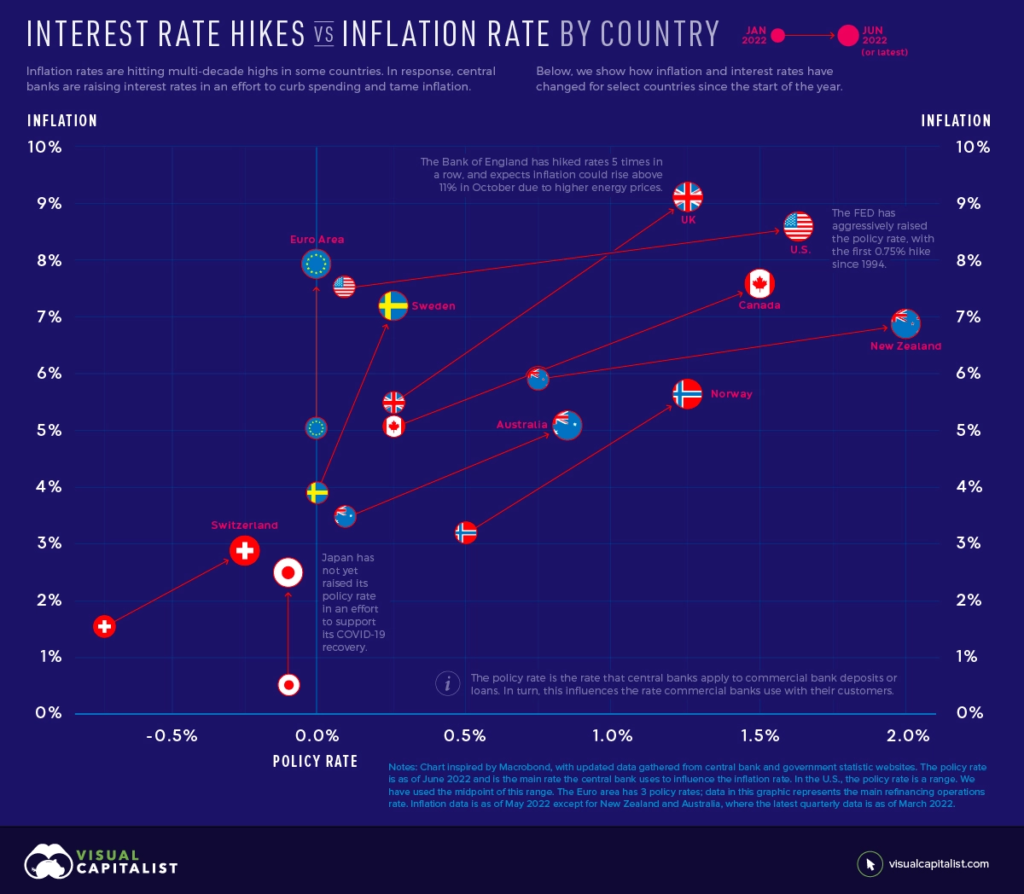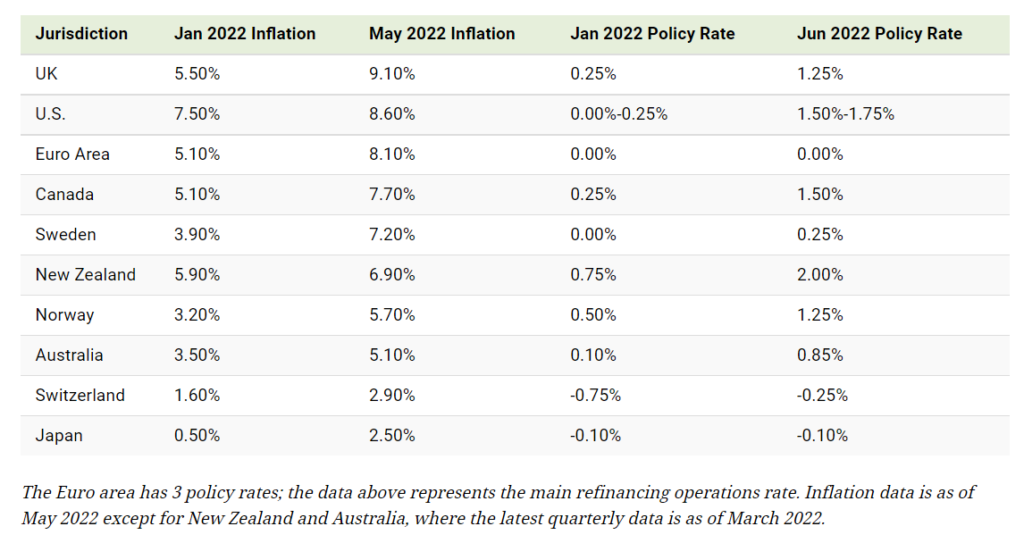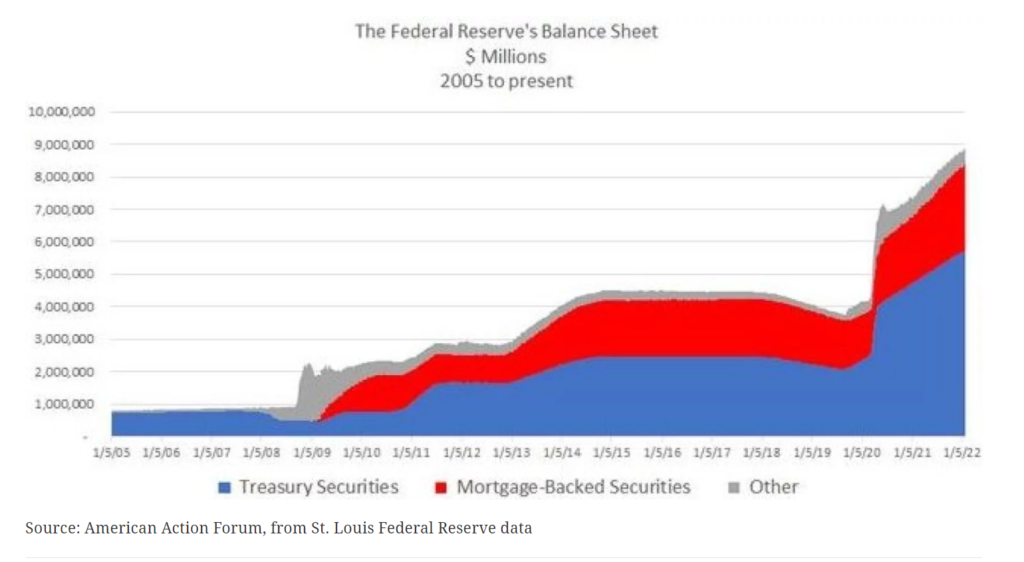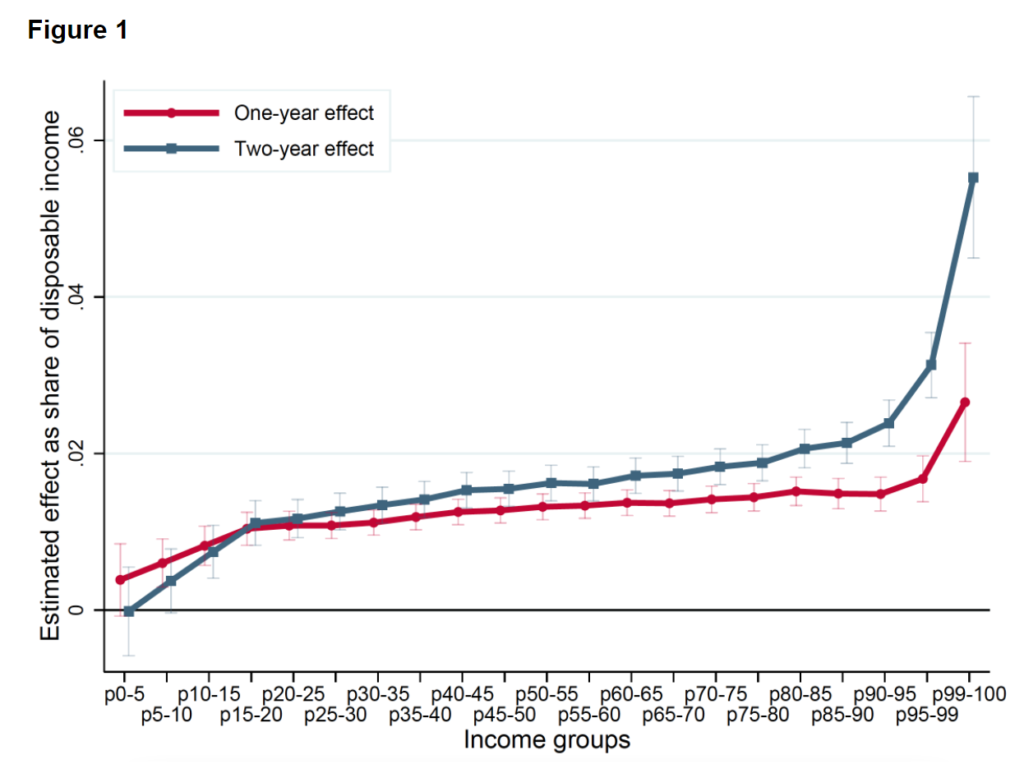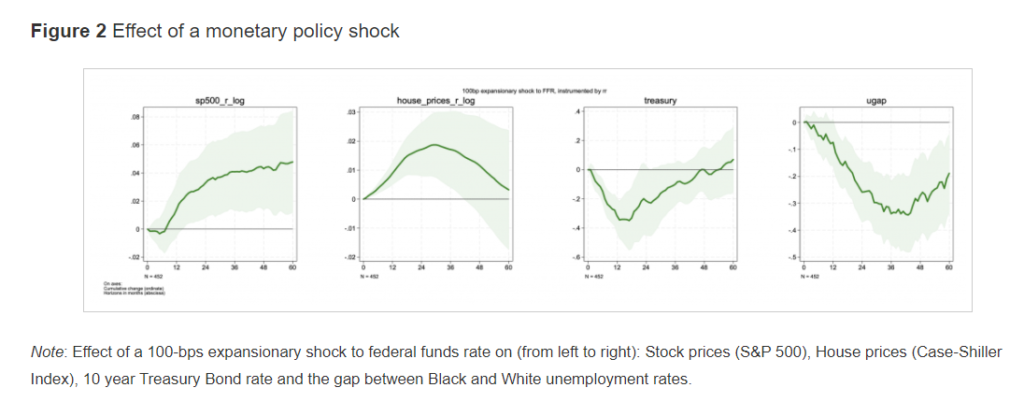Link: https://mishtalk.com/economics/fed-chair-warns-president-biden-we-will-not-be-a-climate-policymaker
Excerpt:
- Central Bank Independence: “Price stability is the bedrock of a healthy economy and provides the public with immeasurable benefits over time. But restoring price stability when inflation is high can require measures that are not popular in the short term as we raise interest rates to slow the economy. The absence of direct political control over our decisions allows us to take these necessary measures without considering short-term political factors.”
- New Goals: “Taking on new goals, however worthy, without a clear statutory mandate would undermine the case for our independence.”
- Stick to Mandates: “It is essential that we stick to our statutory goals and authorities, and that we resist the temptation to broaden our scope to address other important social issues of the day.”
- Climate Change: “Without explicit congressional legislation, it would be inappropriate for us to use our monetary policy or supervisory tools to promote a greener economy or to achieve other climate-based goals. We are not, and will not be, a ‘climate policymaker.‘”
Author(s): Mike Shedlock
Publication Date: 10 Jan 2023
Publication Site: Mish Talk
